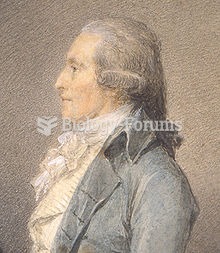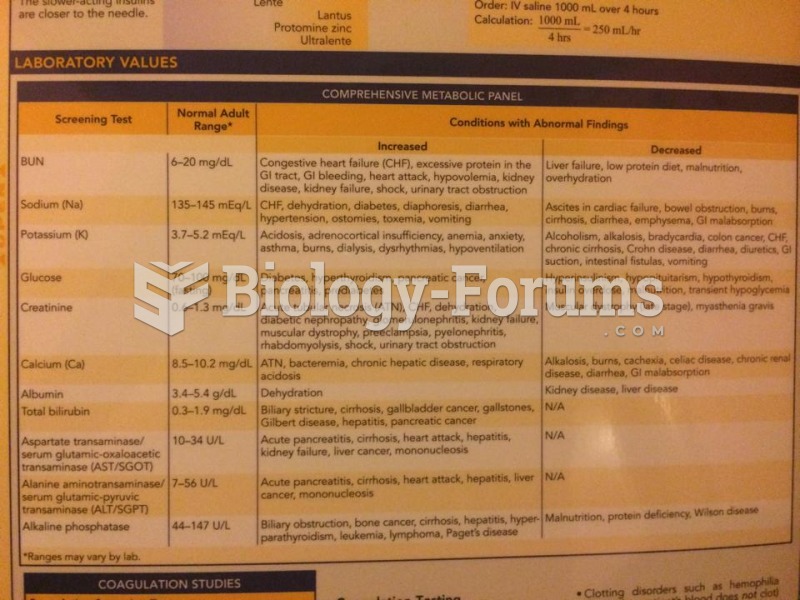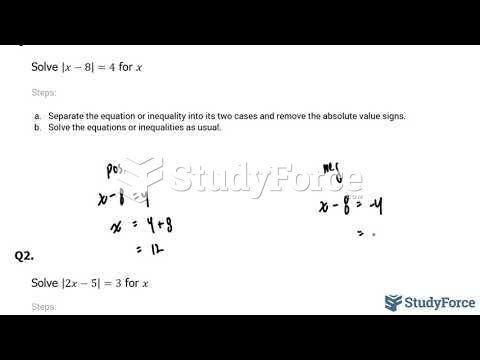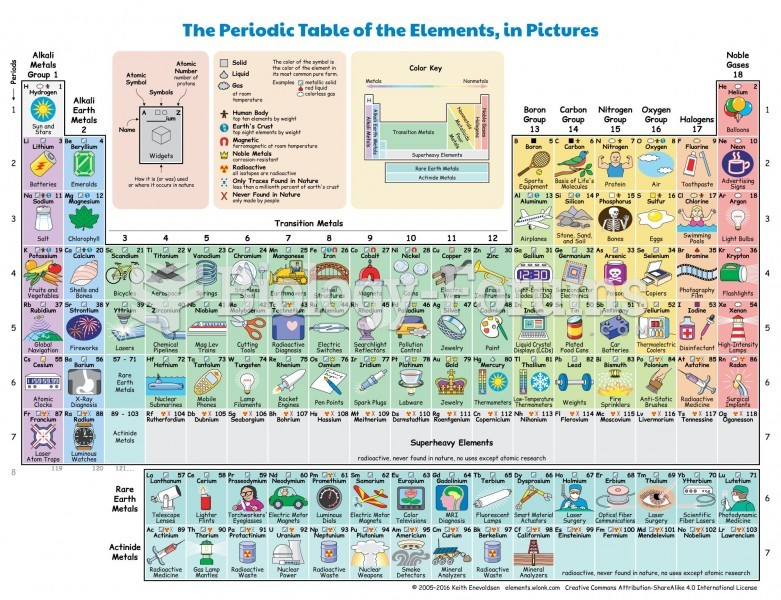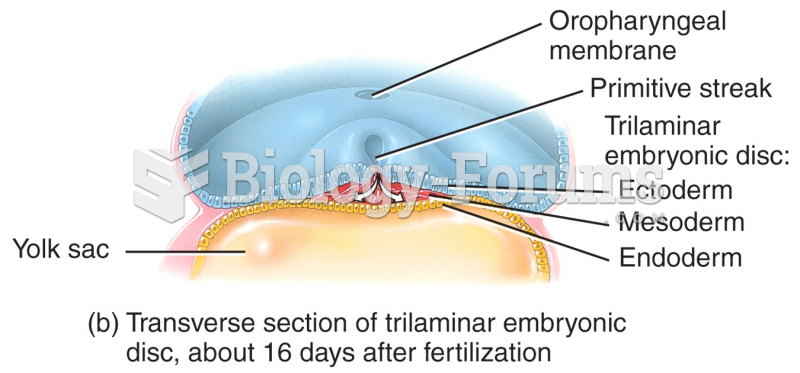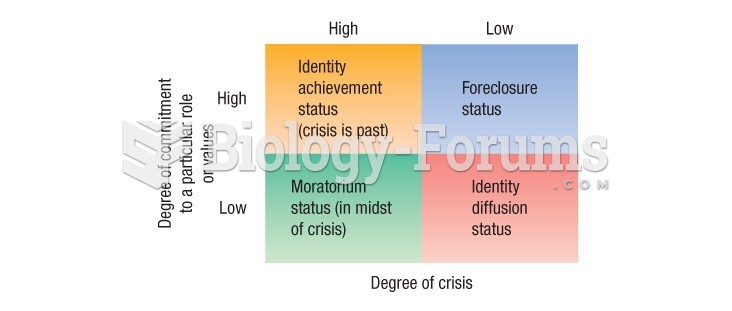|
|
|
There are 20 feet of blood vessels in each square inch of human skin.
Vital signs (blood pressure, temperature, pulse rate, respiration rate) should be taken before any drug administration. Patients should be informed not to use tobacco or caffeine at least 30 minutes before their appointment.
Walt Disney helped combat malaria by making an animated film in 1943 called The Winged Scourge. This short film starred the seven dwarfs and taught children that mosquitos transmit malaria, which is a very bad disease. It advocated the killing of mosquitos to stop the disease.
More than 34,000 trademarked medication names and more than 10,000 generic medication names are in use in the United States.
There are more bacteria in your mouth than there are people in the world.


